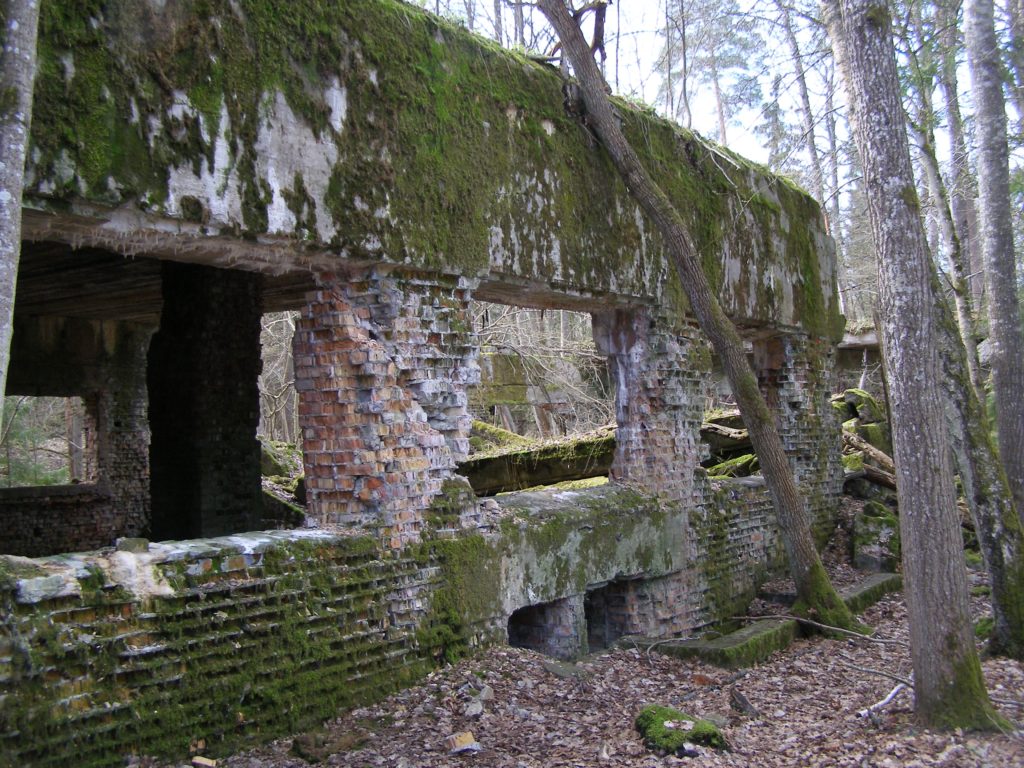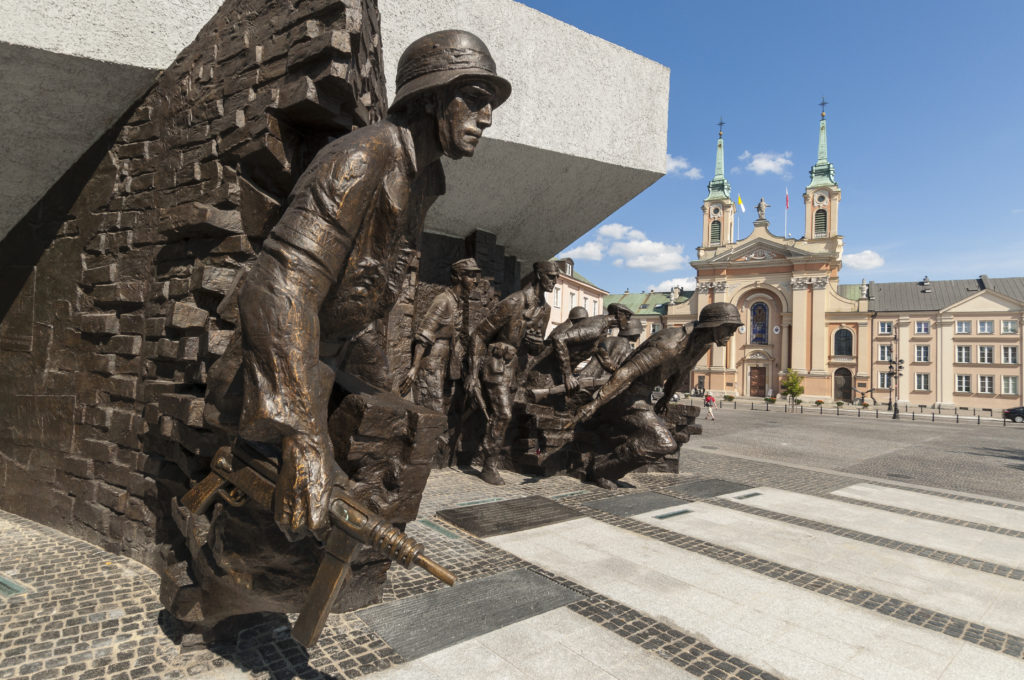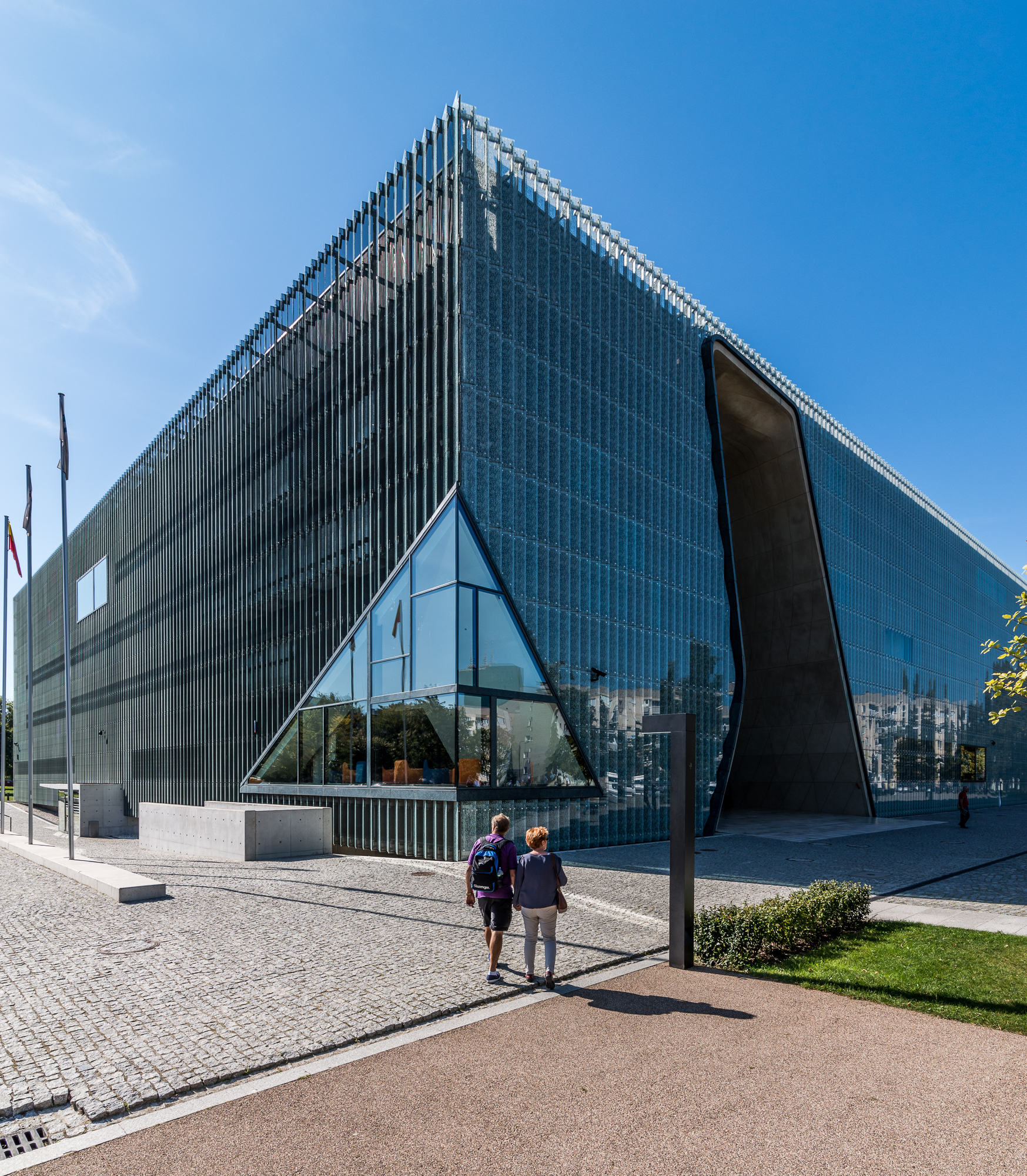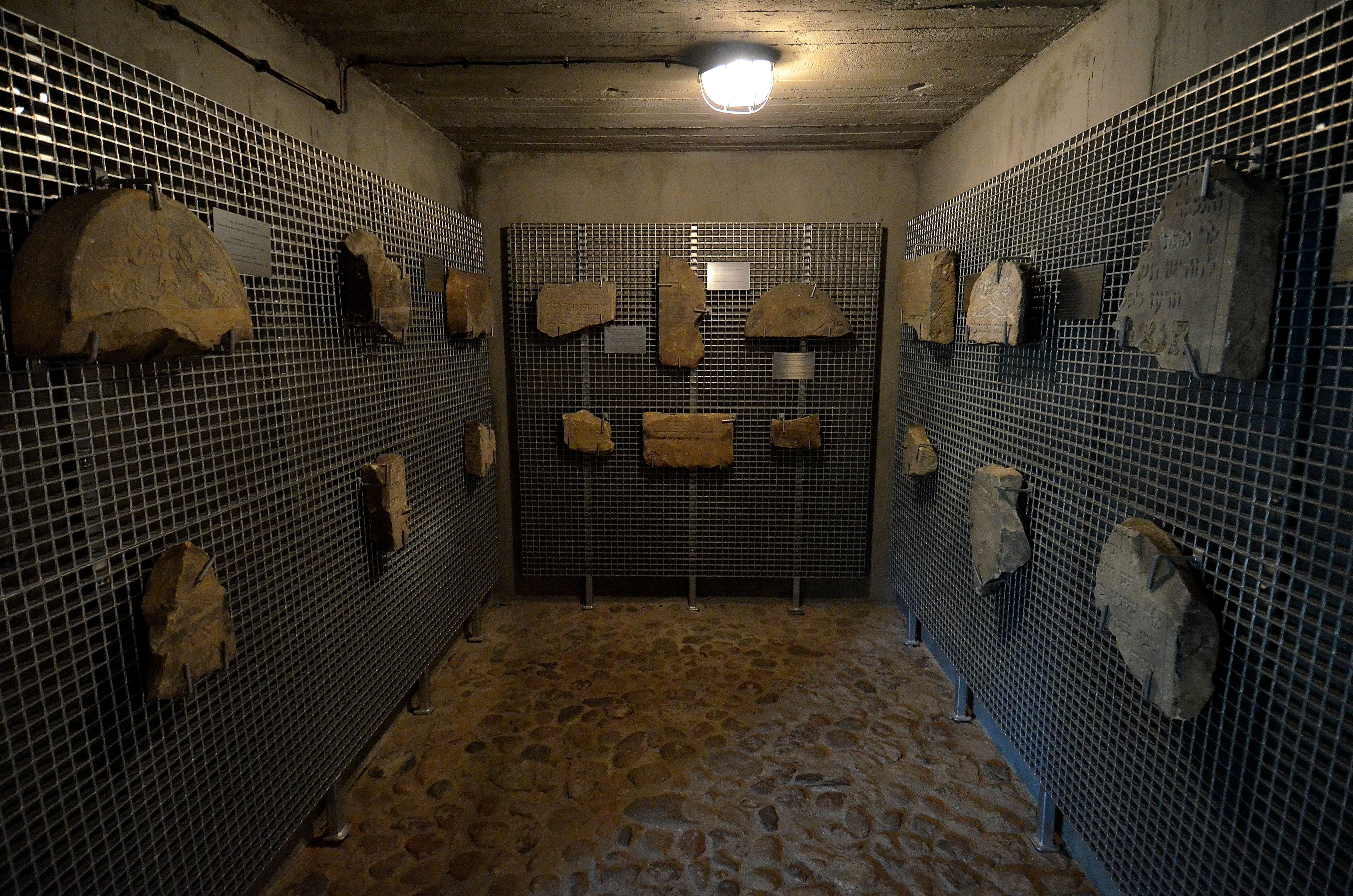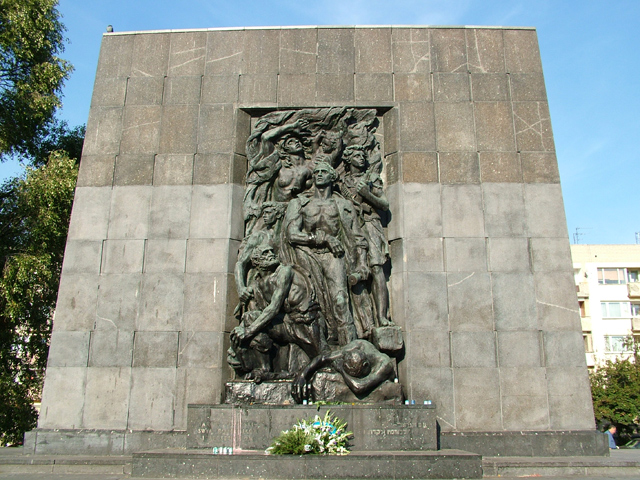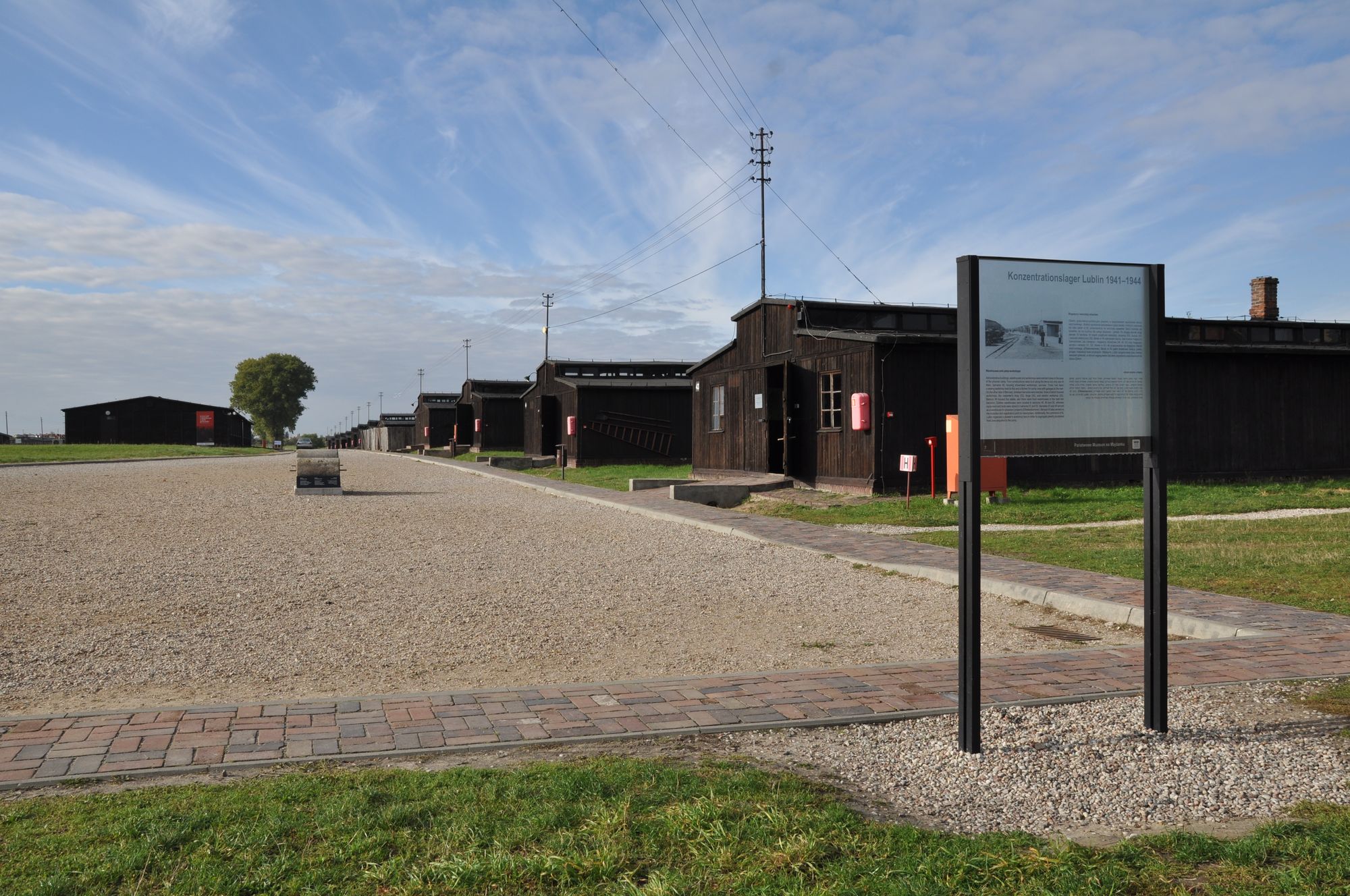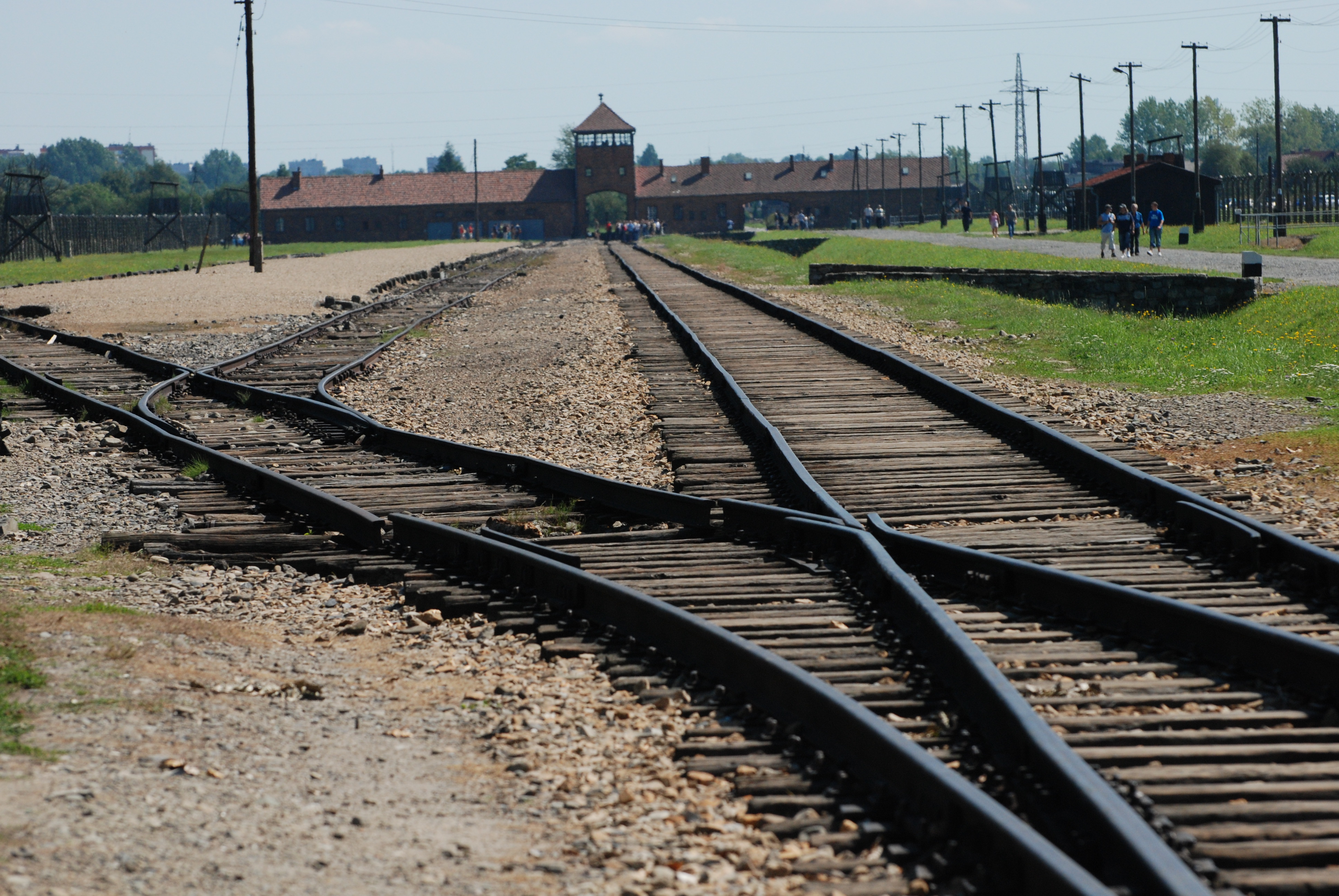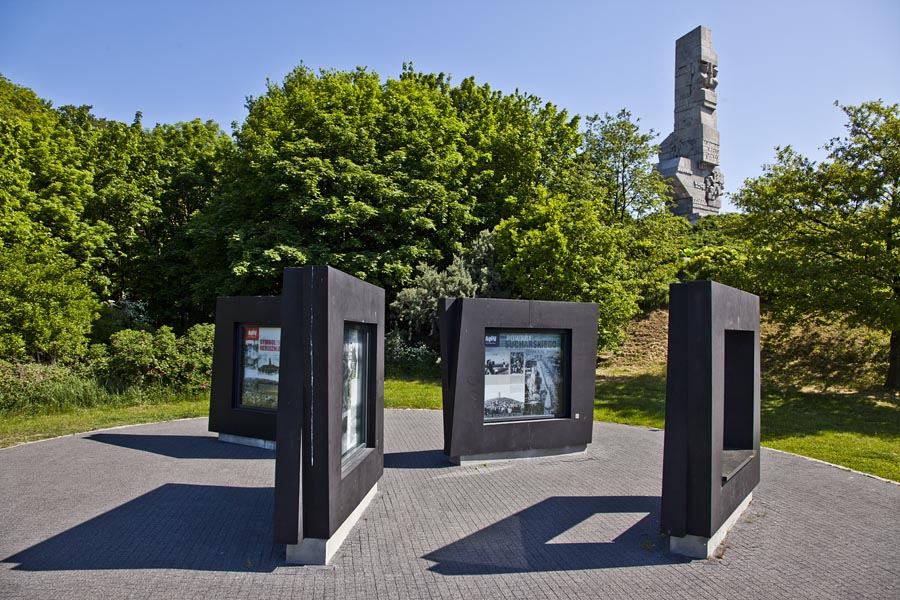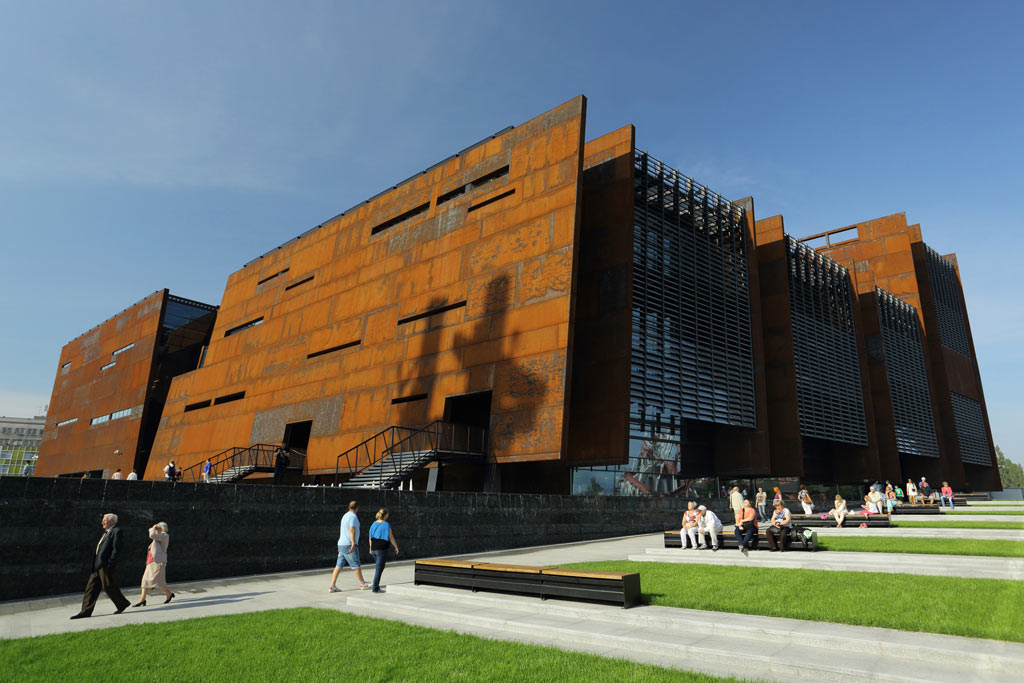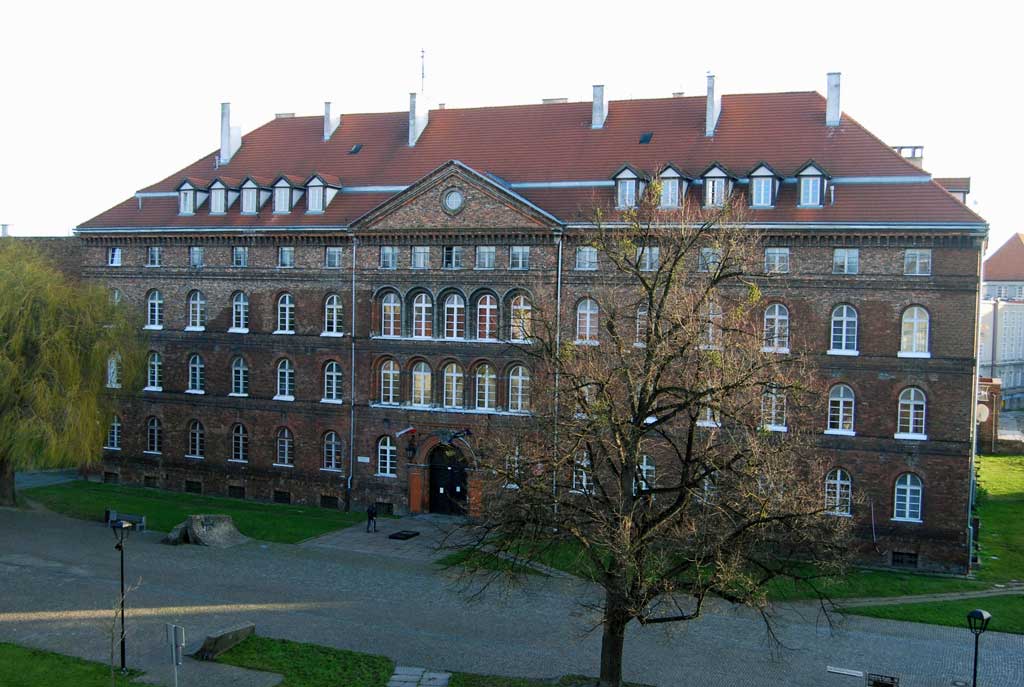
Rough Guides: Travel the Liberation Route Europe is a travel guide dedicated to remembrance sites and itineraries all over Europe.
Order your Rough Guides now!For the population of Poland, the end of the Second World War was not necessarily a liberation. The arrival of the Soviet Army meant first defeat and then effectively a new occupation. For many Poles the political consequences of the war lasted until 1989, when Poland became an independent and democratic state again.
Arrival in Krakow.
Day 2In the morning, a walking tour around the Old City. Then continue to Oswiecim to one of the biggest former German Nazi concentration camps, Auschwitz-Birkenau.
Day 3Departure to Lublin. A short walking tour in the city, then a visit to the former concentration camp in Majdanek.
Day 4In the morning travel to Warsaw and a sightseeing tour visiting the Warsaw Uprising Museum and the Umschlagplatz Monument in the square where Jews were gathered for deportation from the ghetto; the Warsaw Uprising Monument located by a canal manhole by which people escaped the Nazis; and the Pawiak, a former prison in occupied Warsaw.
Day 5Continue your tour to the Memorial Route of Jewish Martyrdom and Struggle, the Museum of the History of Polish Jews and the Ghetto Heroes Monument, both located in the former Jewish district (Northern District) – during the war this area was part of the concentration camp KL Warschau. Next, a visit to the Katyn Museum on the citadel – a memorial to the Katyn massacre.
Day 6Travel to Treblinka, the second biggest extermination camp after Auschwitz. Then continue to the Wolf’s Lair in the Masurian Forest, the military headquarters of Adolf Hitler and the General Command of Armed Forces. It was built to direct the troops that attacked the USSR and is located in the western part of the Gizycko Fortyfied Region.
Day 7Continue your tour in Sztutowo, the area of the former concentration camp Stutthof. In the afternoon, transfer to Gdańsk for a walking tour around the Old Town. Then a visit to the European Solidarity Centre.
Day 8Continue your visit of Gdansk with a tour along the Freedom Route to Westerplatte, location of the defence of a Polish military transit depot, where the first battle of the Second World War took place. The attack was started by the battleship Schleswig-Holstein. The next stop is the Polish Post Museum building, which was attacked at the same time as Westerplatte.
Day 9Transfer to Hel Peninsula, where the Battle of Hel was held. It took place in the towns of Jastarnia, Jurata, the city of Hel, and its vicinity. Its aim was to defend the fortified region of Hel. Last is a visit to the Museum of Coastal Defence.
Day 10End of tour.

